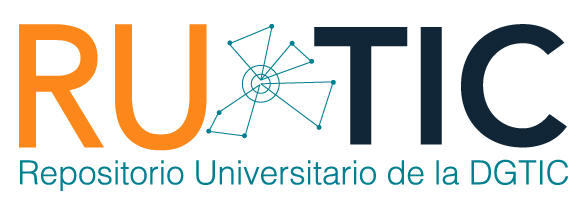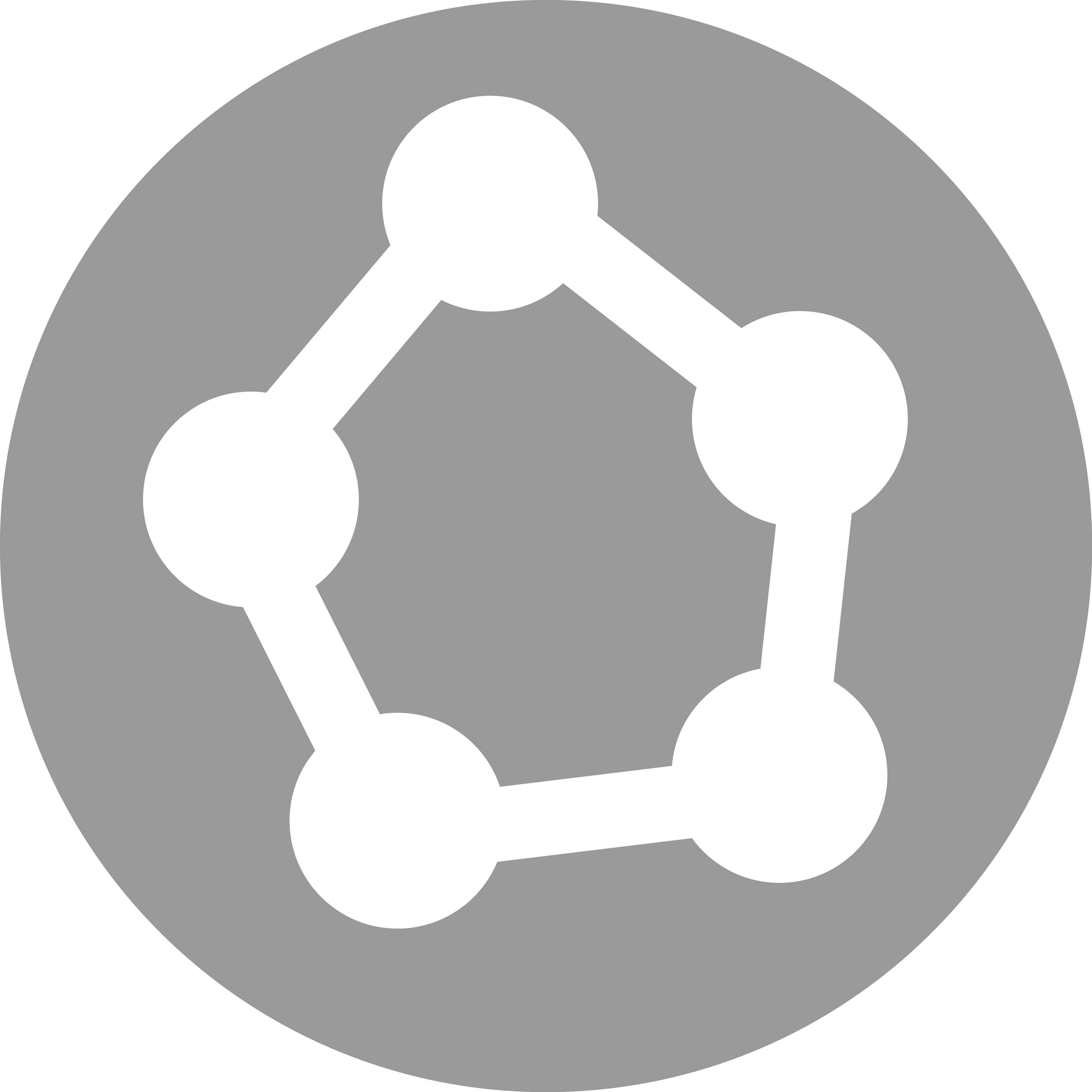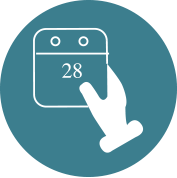| dc.coverage.spatial | MX | |
| dc.date.accessioned | 2018-06-28T05:33:58Z | |
| dc.date.available | 2018-06-28T05:33:58Z | |
| dc.date.issued | 2016-11-01 | |
| dc.identifier.uri | https://ru.tic.unam.mx/handle/123456789/2687 | |
| dc.description | Innovación en TIC | |
| dc.description.abstract | El presente artículo tiene como propósito primordial enfatizar la importancia de la apariencia de los repositorios de acceso abierto para dar al usuario la mejor experiencia de uso posible de una forma más sencilla y eficaz al buscar la información que desea. El documento consta de tres apartados principales: en el primero se habla de las limitaciones de las herramientas que ofrecen los programas de administración de colecciones digitales desde el aspecto gráfico. En el segundo, se exponen las últimas tendencias que se deben de considerar en el ámbito de las interfaces gráficas. En el tercero y último apartado se presenta brevemente el impacto que provoca una interfaz gráfica de repositorios en la experiencia de usuario, aterrizando los planteamientos teóricos y metodológicos | es_MX |
| dc.description.abstract | Incorporating Moodle in the teaching and learning process, has to do with the effective use of the Information and communications technology (ICT), which objective focus on studying the use and effects of it's short, medium and long term, this platform being of an interdisciplinary character, which development has been based on a constructivist philosophy, sociology, pedagogy, software engineering, and those disciplines which objectives serve to elucidate the secrets of how, what for, with what, with whom, and where is that the teacher learns (Sanchez, 2010). For which the purpose of this work is, that the teacher know and use the Moodle platform as a tool to enrich their intellectual potentialities, face the information society, and develop abilities that allow their adaptability to the changes in a positive manner, as well as contribute to teachers generating their own critical reflections and the building of knowledge, exploiting their own abilities and collaborative learning experiences. The present work focuses in the socioconstructivism theory proposed by Vigotsky: a) The students collaborate on group learning and the group collaborates on personal learning. b) The interaction of the student with their culture or with other cultures implies the construct of their reality by their own accord C) The zone of close development is the distance between the levels of real and potential development, real potential being the ability to solve problems in an independent manner and potential level the faculty to solve problems with the aid of a peer or an adult | en |
| dc.format | html | |
| dc.format | application/pdf | |
| dc.format.extent | 3.6 MB | |
| dc.format.extent | 1.43 MB | |
| dc.language | spa | |
| dc.publisher | Universidad Nacional Autónoma de México. Dirección General de Cómputo y de Tecnologías de Información y Comunicación. Revista Digital Universitaria | |
| dc.relation.isformatof | http://www.revista.unam.mx/vol.17/num11/art79/art79.pdf | |
| dc.relation.ispartof | Vol. 17, No. 11 | |
| dc.relation.ispartof | http://www.revista.unam.mx/index_nov16.html | |
| dc.rights | openAccess | |
| dc.source | Revista Digital Universitaria (1607 - 6079). Vol. 17, No. 11 (2016) | |
| dc.subject | Moodle (Programa para computadora) | |
| dc.subject | Aprendizaje | |
| dc.title | Moodle como herramienta de comunicación y enseñanza aprendizaje, desde un enfoque constructivista | es_MX |
| dc.title.alternative | Moodle as a communication and learning-teaching tool, from a constructivist focus | en |
| dc.type | article | en |
| dc.contributor.director | LIZBETH LUNA GONZÁLEZ | |
| dc.subject.keywords | Uso de las Tic, Constructivismo, Moodle, LMS, M-learning, e- learning, b-learning, EVA | |
| dc.identifier.url | http://www.revista.unam.mx/vol.17/num11/art79/ | |
| dc.creator | Armando Carlos Rojas Marín | |
| dc.creator | Ana Luisa Lechuga Ruiz | |
| dc.rights.url | http://creativecommons.org/licenses/by-nc-sa/4.0 |
Files in this item
This item appears in the following Collection(s)
COMPARTE
BÚSQUEDA
Escriba el texto a buscar en DSpace
CONTACTO
El Repositorio Universitario de la DGTIC se edita en la Dirección General de Cómputo y
de Tecnologías de Información y Comunicación (DGTIC), de la Universidad Nacional Autónoma de México (UNAM)
Circuito Exterior s/n, Ciudad Universitaria, Coyoacán, C.P. 04510, México, D.F
Tel: +(52) (55) 56228166 Email: rutic@unam.mx









 ¿Qué es un repositorio...?
¿Qué es un repositorio...? ¿Qué beneficios obtengo...?
¿Qué beneficios obtengo...? ¿Qué tipo de recursos...?
¿Qué tipo de recursos...? Preguntas frecuentes
Preguntas frecuentes